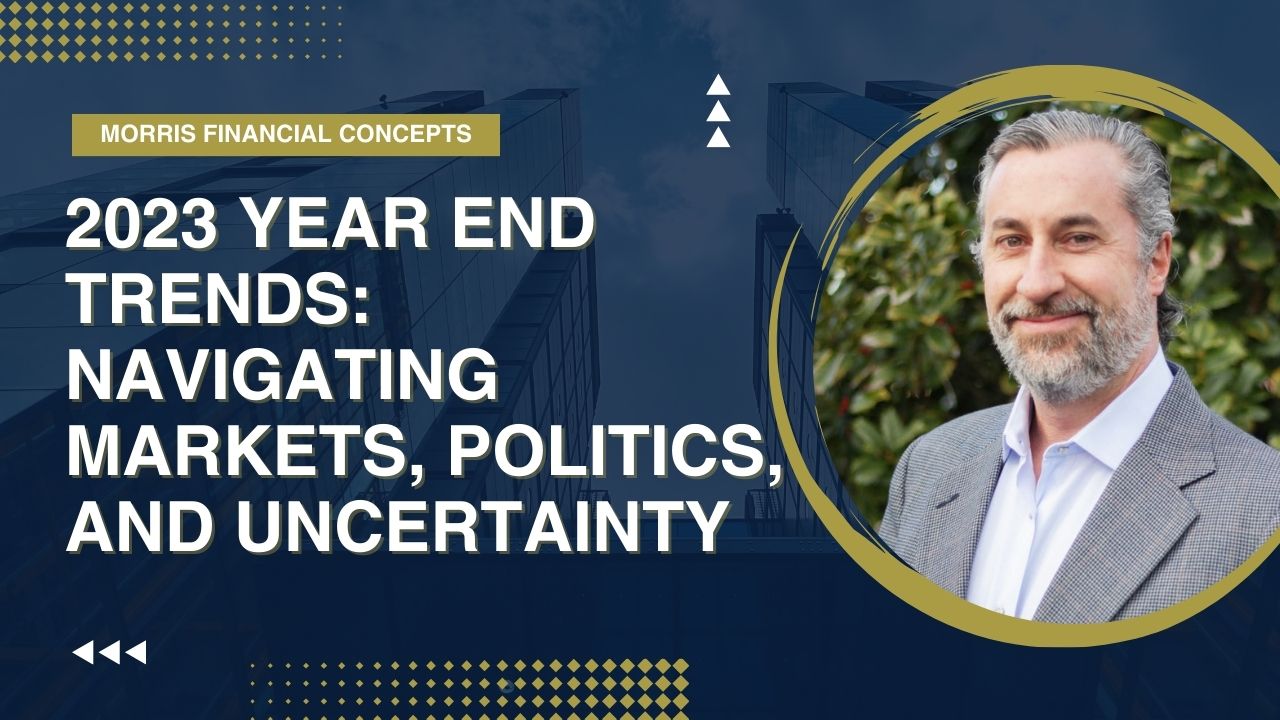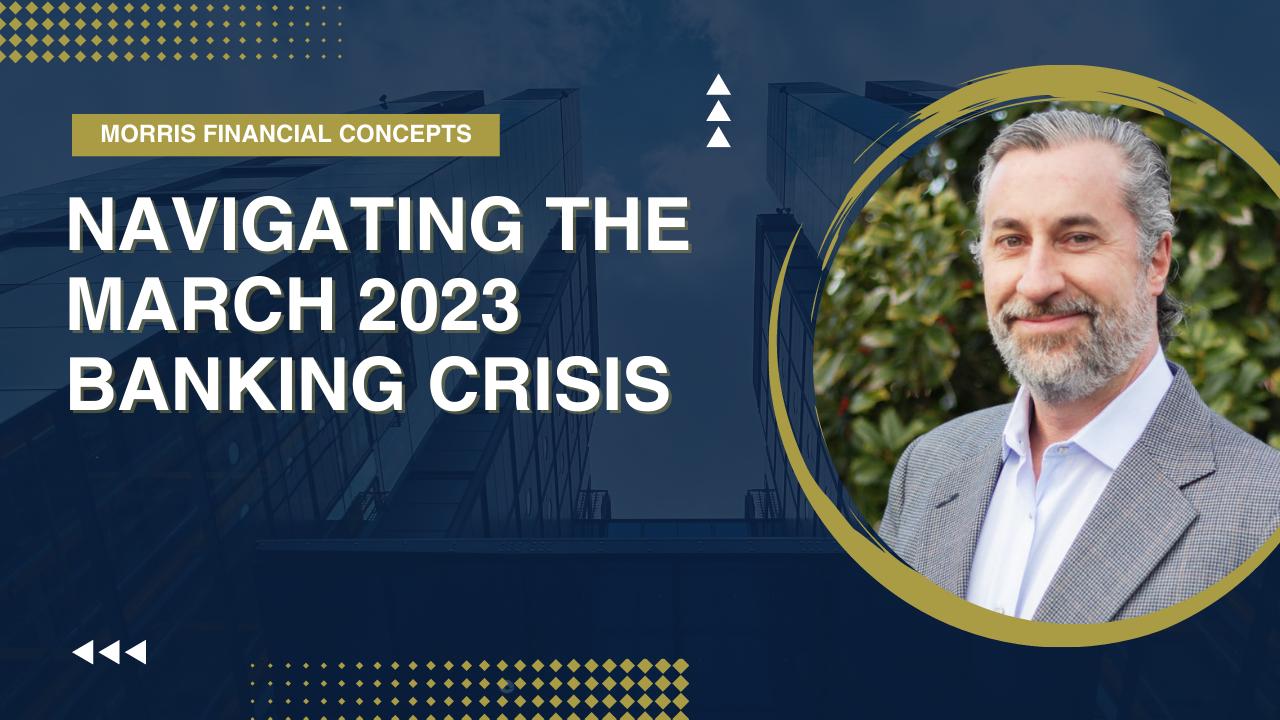Understanding the Debt Ceiling: Exploring its Implications and History
The ongoing debate surrounding the United States’ debt ceiling, along with significant financial planning and investment considerations, has left many people perplexed and struggling to understand its implications. Together, let’s explore the current state of the debt ceiling, its historical context, the factors contributing to its increase, and the potential consequences if not addressed.
Current Status
A consensus has been reached, in principle, to suspend the debt limit until January 1st, 2025—an essential aspect of financial planning. With bipartisan support from both the House and Senate, this debt bill aims to address the debt ceiling by temporarily suspending it rather than raising it, allowing the country to exceed the debt limit until the specified date.
Demystifying the Debt Ceiling
In an enlightening interview, Bart Valley, a certified financial planner professional, explains the concept of the debt ceiling by drawing a parallel with personal credit card limits—a valuable lesson in financial planning. The debt ceiling signifies the maximum amount of money Congress authorizes the United States to borrow to meet existing obligations—an important consideration for those engaged in financial planning. It doesn’t relate to approving new expenditures but rather enables the government to cover previously-incurred expenses and commitments. With the national debt currently exceeding $31 trillion, it’s crucial to consider this when engaging in financial planning.
A Glimpse into the Debt Ceiling’s History
Providing historical context, Valley explains that the debt ceiling was established during World War I in 1917 and has been a factor in financial planning ever since. Since 1960, it has been raised 78 times, under both political parties’ purview, impacting financial planning strategies. Importantly, the debt ceiling is not typically increased annually but is adjusted every few years to maintain stability and minimize market volatility, something financial planning experts must consider.
Factors Prompting Debt Ceiling Increases
The primary driver for raising the debt ceiling is the growing national debt, fueled by consistent government spending that surpasses revenue. Events such as the 2008 financial crisis and the COVID-19 pandemic have necessitated substantial government expenditure to counter economic downturns, underscoring the importance of financial planning. Importantly, deficits are not inherently detrimental, as government spending plays a pivotal role in averting severe economic crises—an essential aspect of financial planning.
The Repercussions of Ignoring the Debt Ceiling
Failure to address the debt ceiling in a timely manner can lead to dire consequences, impacting financial planning strategies. While the exact outcomes are uncertain, given that such a situation has never occurred before, Valley, a financial advisor, highlights the potential adverse effects on markets and the government’s ability to meet its obligations. This underscores the importance of financial planning and sound investment advice. Past near misses, such as the 2011 episode, have resulted in credit rating downgrades and market turbulence, affecting financial planning and investment portfolios.
Understanding financial planning, the debt ceiling, and investment strategies is crucial for grasping the nuances of our nation’s financial stability. Financial planning, investment, and estate planning are essential components of fiscal governance, requiring meticulous attention and bipartisan collaboration to safeguard our country’s financial health and the well-being of individuals and families.
The opinions expressed herein are those of Bart Valley at Morris Financial Concepts, Inc. (“MFC”) as of the date of publication and are subject to change without notice. Nothing contained herein is intended to be investment advice. MFC is an independent investment adviser registered under the Investment Advisers Act of 1940, as amended. Registration does not imply a certain level of skill or training. More information about MFC including our investment strategies, fees, and objectives can be found in our ADV Part 2, which is available upon request.


